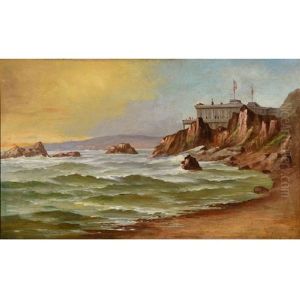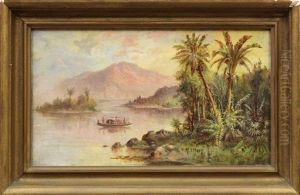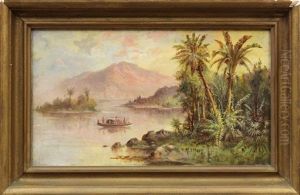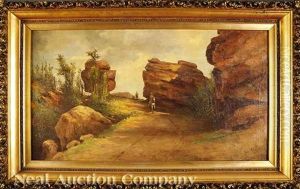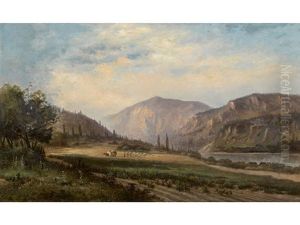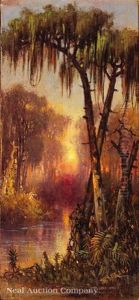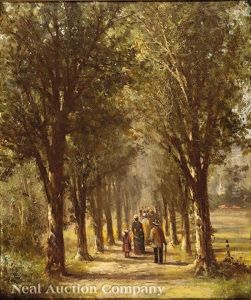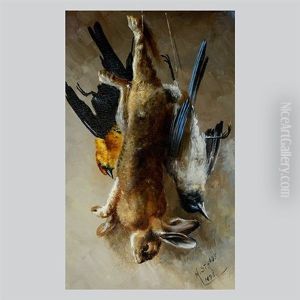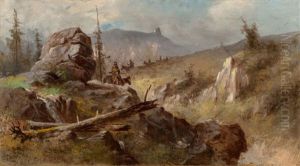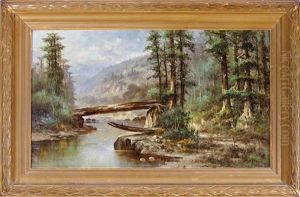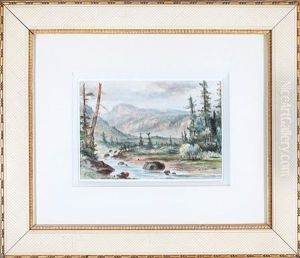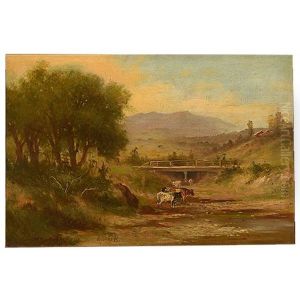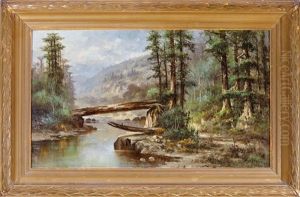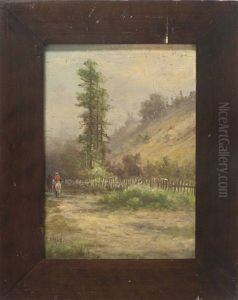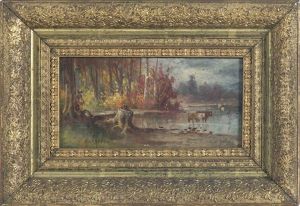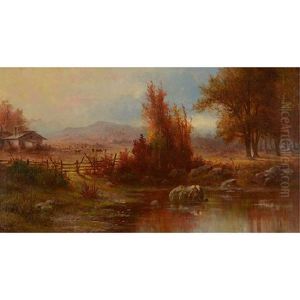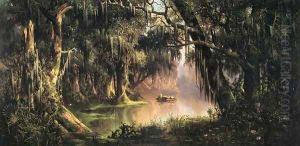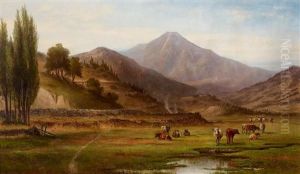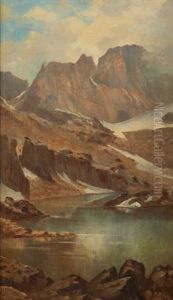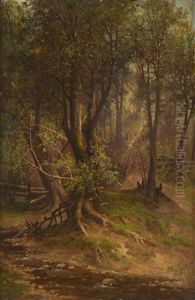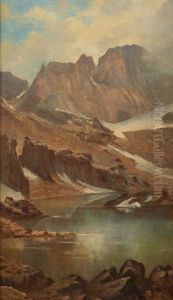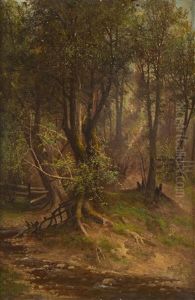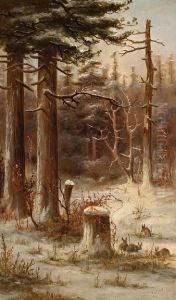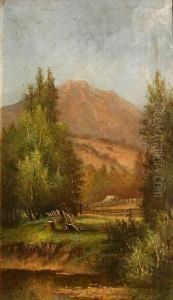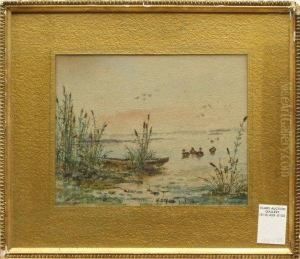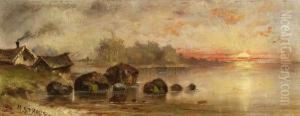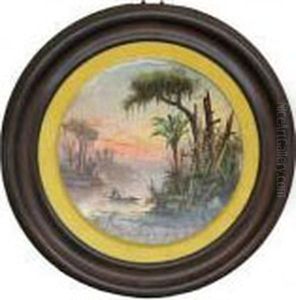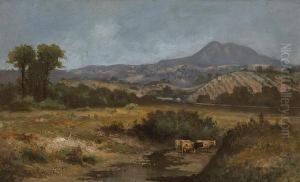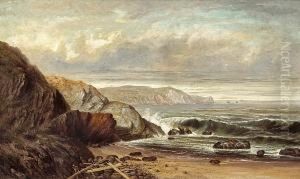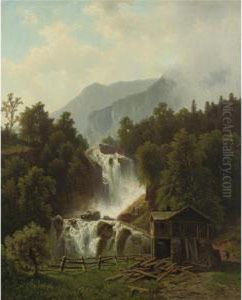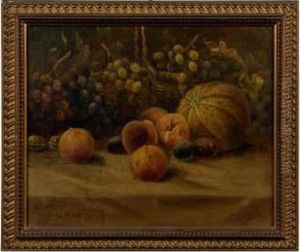Meyer Straus Paintings
Meyer Straus was a German-born American artist known for his landscape paintings, particularly of the American West. Born in Bavaria, Germany, on March 6, 1831, Straus immigrated to the United States around the mid-19th century. His journey in the arts began in earnest when he settled in New Orleans, where he worked on decorating steamboats and creating scenery for theaters, demonstrating an early knack for large-scale and scenic artwork.
As a young artist, Straus traveled extensively, which greatly influenced his later work. He lived in various cities including Chicago, where he was part of the burgeoning art scene before the Great Chicago Fire of 1871. After the fire, Straus moved out West, which proved to be a turning point in his career. He spent significant time in California, particularly in San Francisco, where he became associated with the San Francisco Art Association and was active in the local art community.
Throughout his time in California, Meyer Straus painted numerous landscapes capturing the unique beauty of the West. His works often featured the Sierra Nevada, Yosemite Valley, and other scenic landmarks. Straus's paintings are characterized by their detailed and realistic depiction of nature, with a particular focus on the interplay of light and shadow.
In addition to landscapes, Straus also painted still lifes and was known to have worked on portraits, although he is less recognized for these genres. He was a versatile artist, adapting to various styles and subjects over his career. His contributions to the art world during his time in California helped to establish a Western American art identity, distinct from the European and Eastern American influences.
Meyer Straus's career spanned over several decades, during which he exhibited his work at various venues, including the Mechanics' Institute fairs in San Francisco and the California State Fair. His paintings were well received, and he garnered respect from his contemporaries and art collectors alike.
Straus passed away on February 3, 1905, in Alameda, California. Although not as widely known today as some of his contemporaries, his work remains an important part of the narrative of 19th-century American art, particularly in the context of Westward expansion and the depiction of the American landscape. His paintings can be found in various art collections and continue to be appreciated for their historical value and artistic merit.
